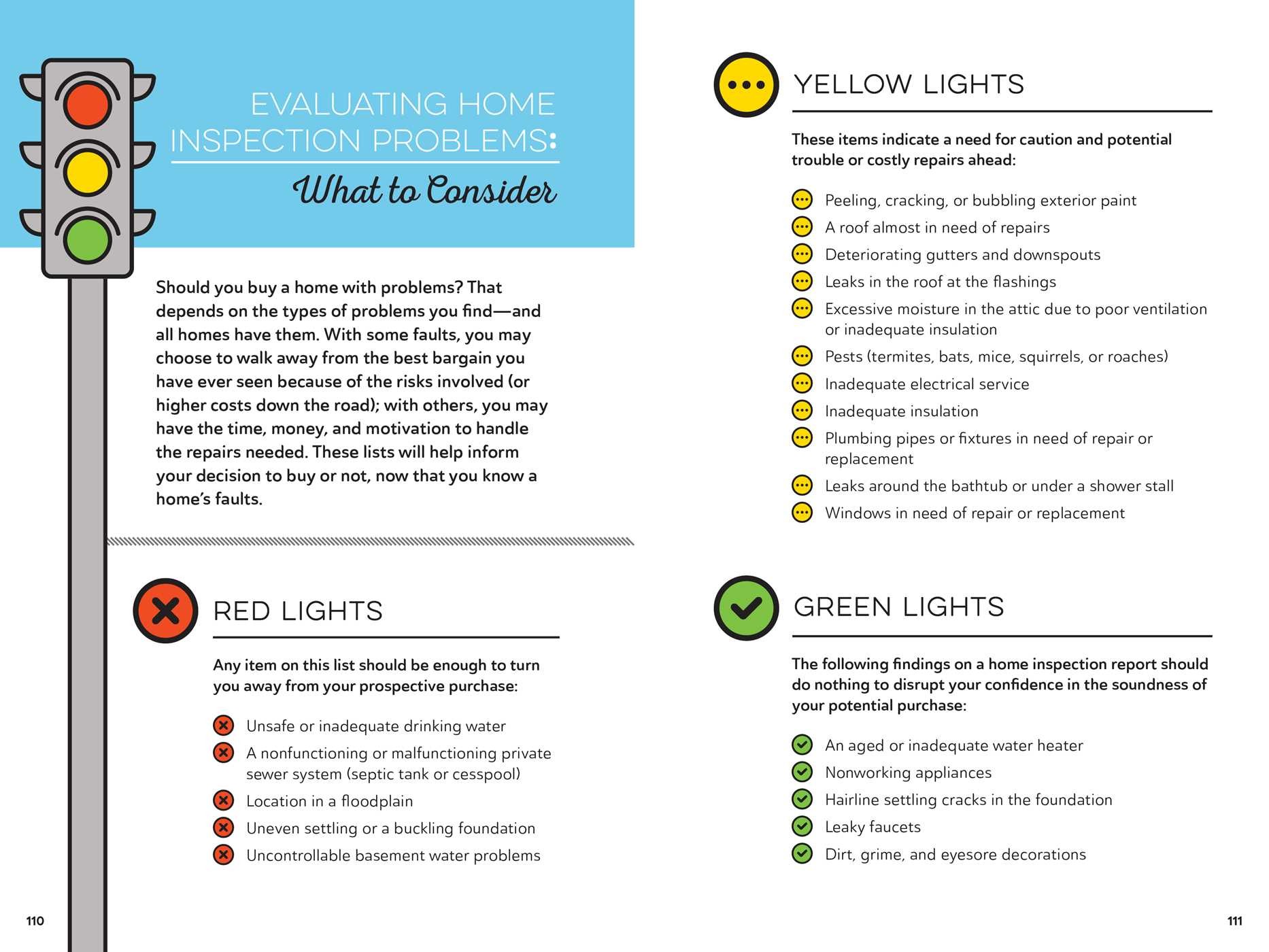Just How Climate Conditions Forming Roof Covering Installation: The Very Best Seasons For A Successful Result
Just How Climate Conditions Forming Roof Covering Installation: The Very Best Seasons For A Successful Result
Blog Article
Post Developed By-Bennett Drachmann
When it comes to roof covering installments, the climate can make or damage the job. Envision the aggravation of handling materials that will not work together as a result of extreme warm or fighting slippery surfaces caused by unanticipated rainfall. Recognizing the effect of climate condition on your roof covering job is important for a successful outcome. So, let's check out exactly how various weather elements can influence the top quality and toughness of your roofing installment, making sure a task well done.
Effect of Temperature on Roofing Installment
When it comes to roofing system setup, temperature level plays a vital duty in the process. The optimal temperature for roof jobs normally drops in between 45 and 85 levels Fahrenheit. Extreme heat can trigger products like tiles to become too pliable, bring about possible damages throughout installment. On the other hand, chilly temperature levels can make products weak and susceptible to cracking. It is very important to set up roof covering installments during moderate temperatures to guarantee the most effective end result.
During go source , professionals might need to take extra precautions such as utilizing warmed devices or enabling materials to heat up before installation.
In contrast, hot weather may require job to be done previously or later on in the day to stay clear of the peak temperature levels. By taking into consideration the temperature and its results on roofing materials, you can help guarantee a successful installation that will stand up to the elements for years to find.
Effect of Rainfall on Roofing Projects
Roofing jobs can be significantly affected by precipitation, impacting both the timeline and the top quality of the installation. Rainfall or snow can develop unsafe problems, making it risky for contractors to work on a wet surface. In addition, dampness can compromise the bond of materials like shingles or underlayment, bring about prospective leaks or problems in the future.
If it rainfalls during a roof covering job, the water can permeate right into at risk areas, creating hold-ups as the installation team should wait for the roof to completely dry before proceeding. Too much dampness can additionally promote the development of mold and mold, additional endangering the integrity of the roof covering.
To prevent these issues, it's recommended to schedule roof covering jobs throughout drier seasons or monitor the weather forecast closely to prepare about any kind of possible rainstorms. By taking safety measures to work in positive weather, you can make certain a smoother and much more effective roof setup process.
Impact of Wind Rate on Installment Success
Throughout roof installation, the speed of the wind plays a crucial role in identifying the success of the project. High wind rates can position substantial obstacles to roofing professionals, potentially causing security hazards and high quality problems. When wind speeds exceed recommended limitations, it becomes tough to deal with products, increasing the threat of accidents and damages to the roof products. Strong gusts can additionally impact the precision of dimensions and the precision needed for appropriate installment.
To guarantee an effective roofing setup, it's essential to monitor and take into consideration wind rates. Ideally, roof installment should occur on days with low to moderate wind speeds. Read This method enhances the safety and security of the workers yet also enhances the total quality of the setup.
Roof covering jobs set up during tranquil weather are more likely to be finished effectively and with less mistakes. By paying attention to wind rate forecasts and intending as necessary, you can aid make certain a smooth and effective roof covering setup procedure.
Conclusion
So, when it involves roof installment, remember to think about the weather conditions to make certain a successful job. Optimum temperature levels, dry problems, and moderate wind rates are essential factors to focus on for a smooth setup procedure. By scheduling your job throughout the most effective seasons and optimal climate condition, you can attain a resilient and long-lasting roof that will certainly shield your home for several years ahead.
